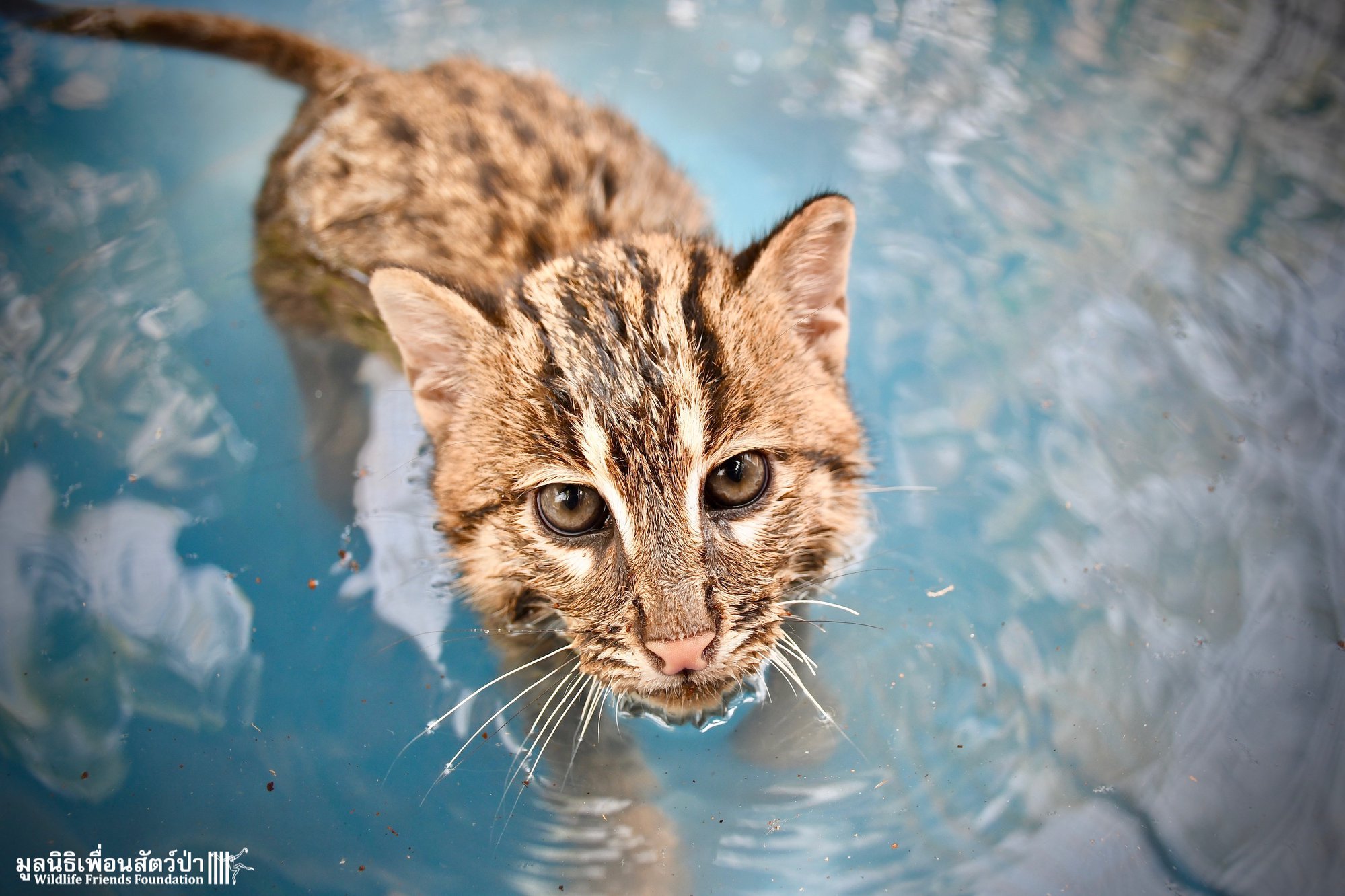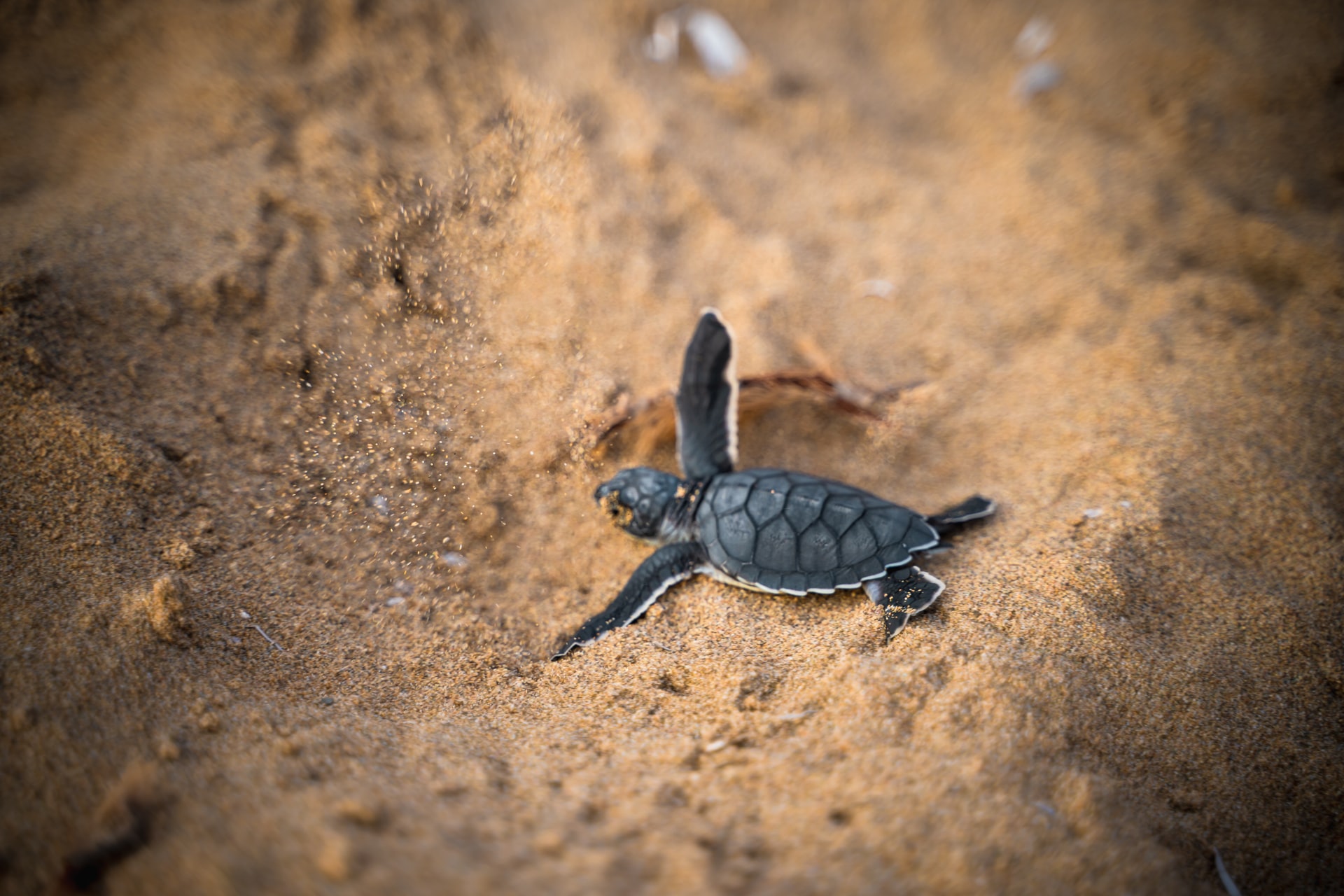Animal Kingdom: four ethical ways to meet Thailand’s fascinating wildlife
Let’s face it: Thailand is home to some of the most amazing wildlife in the world. From the glaringly coloured Tokay gecko and majestic Manta rays to, of course, the Asian elephant. While we don’t recommend visiting just any animal attraction, we do think that those with a clear focus on conservation and rehabilitation deserve all the attention they can get – after all, what’s better than supporting the care and well-being of local wildlife whilst getting to see it in a safe and caring environment?
If you were looking for a more conscious way to meet the Thai Kingdom’s fascinating wildlife on your next vacation, read on!
Elephant Nature Park, Chiang Mai
Thailand’s most widely recognised elephant sanctuary by far, Elephant Nature Park in Chiang Mai has paved the way for ethical conservation: the camp was founded in the 1990s and has since adopted countless rescued animals, providing medical care and acres of land for the gentle giants to roam, feed and socialise.
Different types of visits mean every traveller gets exactly what they want from the experience, though seeing most fall head over heels with the camp’s herd, it’s worth considering a week-long stay that enables you to really get to know the animals (nothing like a daily feeding session to make a life-long friend among the giants!).
Wildlife Friends Foundation Thailand, Phetchaburi

This centre was founded with the mission to rescue maltreated animals, provide care and shelter and rehabilitate wildlife wherever possible. It’s another great place for an ethical encounter with elephants, but many other species find refuge here, too: from Asiatic black bears and long-tailed macaques to slow lorises, otters, birds, boars and big cats.
As with Elephant Nature Park, long-term volunteers are likely to have the most meaningful experiences, but even a day visit bursts with wonderful moments and plenty of interesting information on the animals you’re seeing and how they’re being cared for to insure a speedy recovery – we couldn’t recommend this sanctuary more!
Sea Turtle Conservation Centre, Sattahip

There are several sea turtle conservation centres throughout the country, but our favourite has got to be in the district of Sattahip, just south of Pattaya. Run by Thailand’s Royal Navy, this turtle haven works not only on boosting the population of green sea turtles and hawksbill turtles, but also on restoring their natural habitats.
A typical visit starts with learning all about the marine animals’ unique anatomy and life cycles in the visitors’ centre before you get to meet and feed the cute creatures (you might want to watch your fingers around a hawksbill!). This is a fabulous and welcoming place to bring kids to, especially if you’d like the next generation to learn about conservation!
www.facebook.com/SeaTurtleSattahip
See animals in their natural habitat
Rehabilitation centres and wildlife sanctuaries aside, the single most magical way of encountering Thailand’s one-of-a-kind wildlife is by visiting it in its natural habitat. Whether you try your luck coming face to fin with a giant whale shark in the Andaman Sea or stumble upon a group of gibbons swinging in the trees of the sublime Khao Sok National Park, you’re in for a truly spectacular show.
Remember to keep a distance so as not to disturb wild animals and consider venturing off to more off-the-beaten-track destinations: how about a trek through the jungles of Sai Yok National Park? Or a snorkelling trip to lesser-visited Koh Libong? In such places, there’s still a lot to discover – perhaps you’ll even find a new species!

